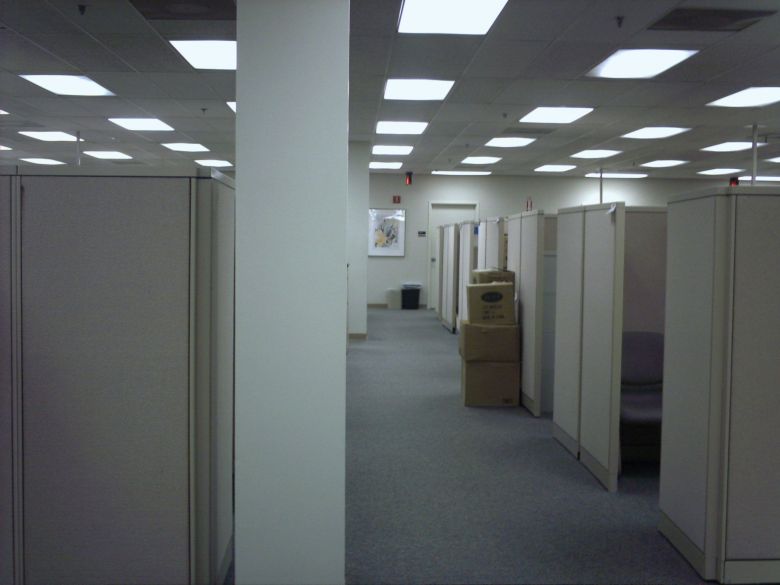Light plays a crucial role in your life, even at work. Scientists in Brazil have found further evidence of why it’s better to work in an office with windows that allow you to soak up natural sunlight.
A consistent lack of light exposure during your work day could lead to sleep issues, along with psychological and depressive symptoms.
For their study, 20 women were analyzed at work for a week as they wore a special activity watch that specifically monitors the amount of sunlight a person receives and their physical activity. Over the course of the 7 days, the volunteers also had their melatonin and cortisol levels (hormones associated with sleep and stress) tested via saliva samples and underwent sleep-quality and psychiatric evaluations. Half the women worked by a window, while the other half did not.
The results show that the women in the windowless group had higher levels of cortisol by 10 pm, which were associated with minor psychiatric and depressive symptoms. This group also had lower melatonin levels at night, which could be contributing to their poor sleep quality and signs of depression.
Just last year, researchers from the University of Illinois at Urbana-Champaign and Northwestern Medicine found that more light exposure for office workers leads to longer sleep duration, higher sleep quality, more exercise and a better overall quality of life.
Sleep experts highly recommend getting as much natural sunlight as you can throughout the day. Turn on all the lights in your bedroom and open the blinds as soon as you open your eyes, this will also help shake off any leftover drowsiness. At work, opt for a workspace that’s within 20-25 feet of a window. If that’s not possible, enjoying some sunlight outside during lunch and more regular walks can also do the trick.
What habits have you been practicing lately to help you improve your snooze?


No comments yet.